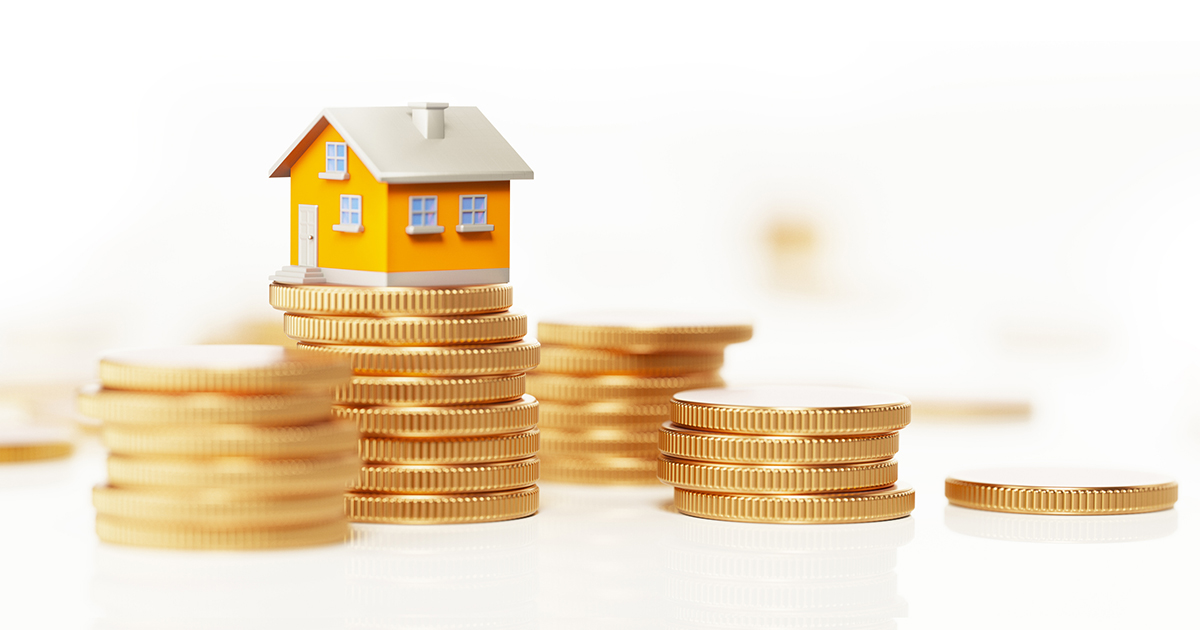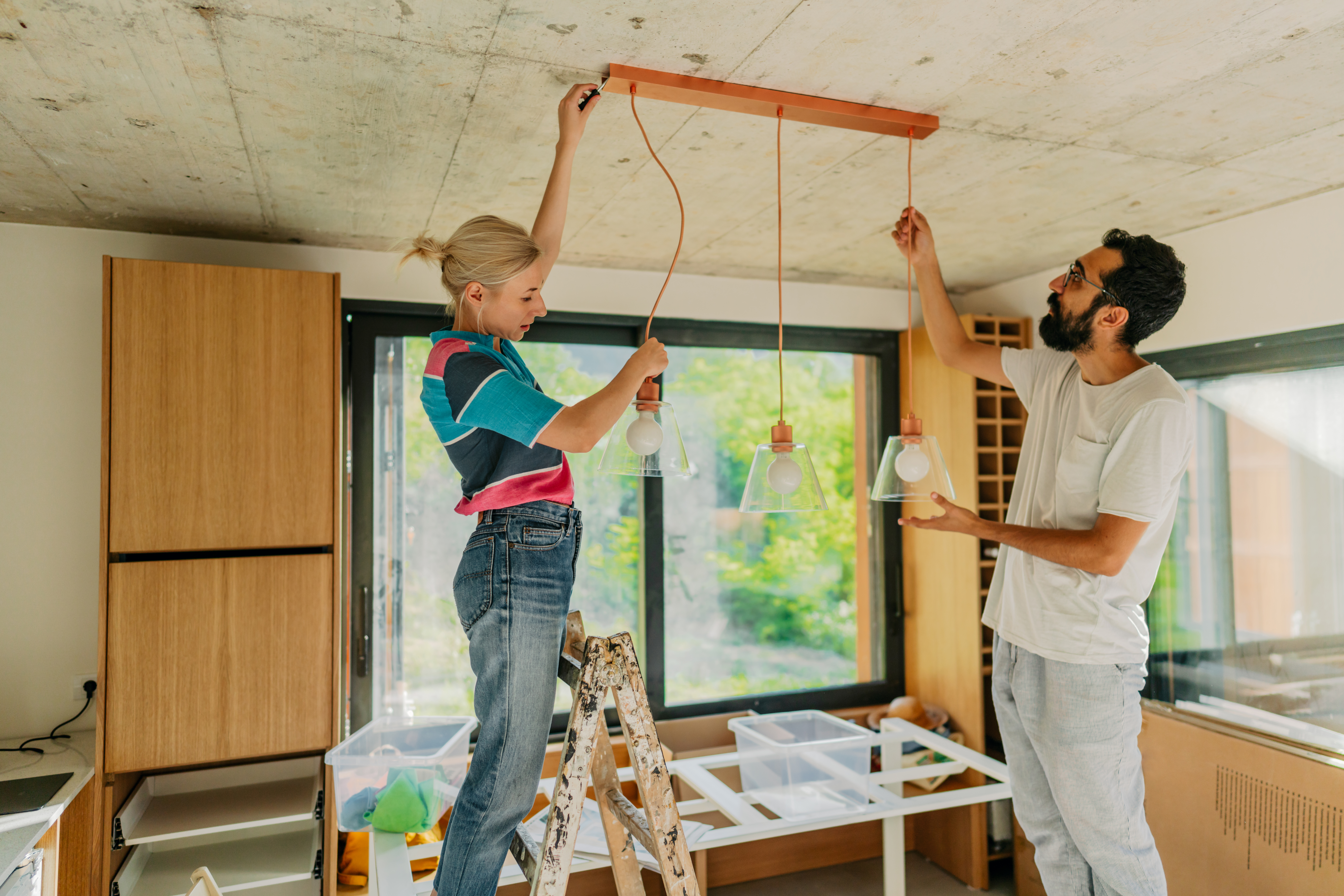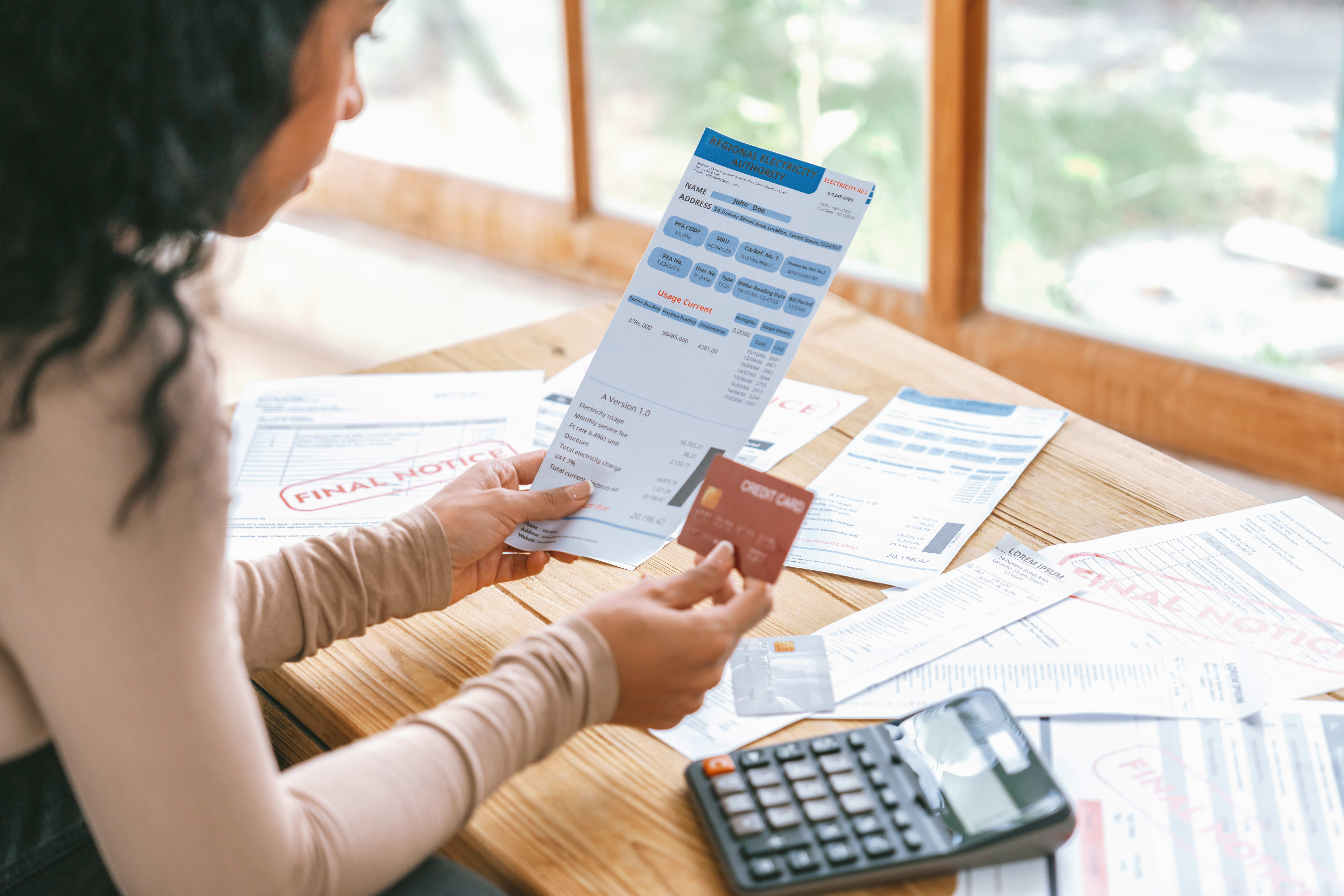If you’ve used an online calculator to determine what you can afford for housing, you may be surprised by the price of a home said online calculator gave you. BUT, online calculators often don’t give you the full picture.
Not including the sale price, you can expect to pay up to $20,000 when you buy a house in the U.S. That’s when you add up all the costs associated with buying a home. So what does that $20,000 include and how can you be prepared? And what does a true monthly payment look like and include?
Take a look at some of the expected and unexpected costs of buying a home.
Expected costs
It’s a given that once you buy a home you’ll have monthly payments—or bi-monthly or weekly payments, depending on how you set up your payment plan. Another common expected cost when buying a home is the big one: the down payment. While there are some loan types (such as a VA or USDA loan) with no required down payment, most lenders require a down payment, which may range as low as 3% all the way up to 20% of your purchase price. Typically, the more you put down on your loan, the lower your overall interest rate and monthly payment will be.
The (mostly) expected expenses: closing costs
Next, be sure to consider your closing costs and how you plan to pay for them. You can expect to pay an average of 2-5% of total home sale price in closing costs. This typically covers:
- Application fee
- Appraisal fee
- Credit check fee
- Origination and/or underwriting fees
- Title insurance
- Title search fee
- Home inspection
You can choose to pay for your closing costs with cash, or have them rolled into your total mortgage costs. While this reduces the amount of cash you need upfront when purchasing a home, keep in mind that it does increase your total mortgage loan amount.
Another “expense” to keep in mind: savings
Having reserves, or emergency savings you can quickly tap into if your income is impacted, is an important factor to consider when purchasing a home. Reserves are calculated by dividing your total amount set aside by your monthly mortgage payment. For example, if you have $4,800 in savings and your monthly mortgage expenses are $1,200, you have four months of reserves, or the ability to keep paying your mortgage payment for four months if you lose your income.
Not all lenders require reserves for home purchases, but having a little extra set aside in an emergency fund (such as a Verve Name Your Savings account) will help you be prepared for life’s unexpected expenses.
The Often-Overlooked Expenses
In addition to your monthly mortgage payment, closing costs and reserves, here are a handful of expenses to include in your updated budget:
- Insurances—This includes Private Mortgage Insurance (PMI), which protects the lender if you cannot make your loan payments. PMI premiums range from 0.58-1.86% of the loan amount and can increase your mortgage payments by quite a bit. But PMI doesn’t last forever! If your down payment is more than 20% or your loan amount is less than 80% of the home’s assessed value, PMI is removed. The other insurance—homeowners—adds an average of $109 a month to your mortgage expenses.
- Home Warranty—While it’s an extra expense, depending on your home’s age, it may be worth the investment. While home warranty plans vary, they typically cover the cost to repair or replace major kitchen appliances, electrical, plumbing, heating and air conditioning systems. If your newly purchased home was recently built, a home warranty probably isn’t necessary, but if your home has a few years under its belt, investing in a home warranty plan—at least for the first year—makes sense.
- Taxes—Varying by location, taxes can be a startling sum of money to come up with at the end of the year, OR your lender can review previous years’ taxes to estimate what you might owe. That total can then be split across your monthly payments and put in an escrow account.
- Utilities—These include electricity, gas and water. Additional utility bills may include cable, internet or phone services.
- HOA Fees—Standard for many condos and some neighborhoods, Homeowners Association (HOA) fees cover the costs of property maintenance (such as snow blowing or cutting the grass) and some repairs. Be sure to check with your realtor as you are purchasing a home to see if there are HOA fees.
- Home Maintenance, Repairs and Utilities—You can expect to pay at least 1% of your home’s value per year in maintenance. That means if your home is valued at $150,000, you can plan on spending $1,500 to address:
-
- Roofing
- HVAC
- Electrical system
- Plumbing
- Termites/other pests
- Mold remediation
- Landscaping and lawn care
- Miscellaneous Moving Expenses—From all the extra tape you’ll need to package moving boxes to the extra cleaning supplies to get your new home move-in ready, don’t forget to factor moving expenses into your budget.
- Making the House your Home—Between painting, buying new furniture and maybe even a different style of living, think through all the changes that may be in store with a new home purchase so you can factor in how you’ll make your new house your own.
We hope this overview of expected and unexpected costs when buying a home helps you set a realistic budget and plan for your dream home. If you’re ready to purchase a home, check out Verve’s loan options and rates and start a home loan application. Not sure if you have the budget to buy a new home? Meet with one of our team members to review your budget and get pre-approved.






 Federally Insured by NCUA |
Federally Insured by NCUA |  Equal Housing Opportunity |
Equal Housing Opportunity |